Germany;
A Wine Guide
The days where German wine was associated with cheap Rieslings are long gone! Germany is one of the leaders in quality-focused wines in the world, with outstanding regions producing cooler and moderate climate varietals that are revered. So whether you like your Riesling Trocken (dry) or Trockenbeerenauslese (super sweet), read on…

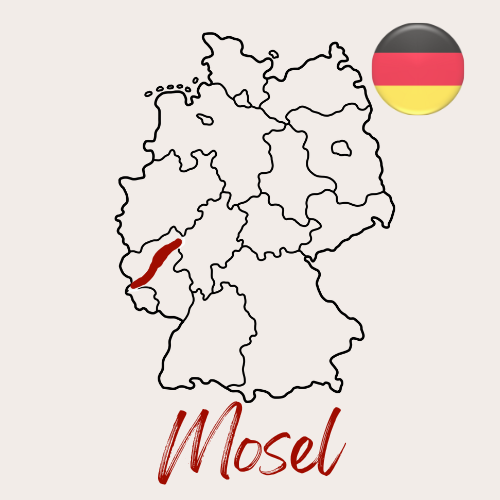
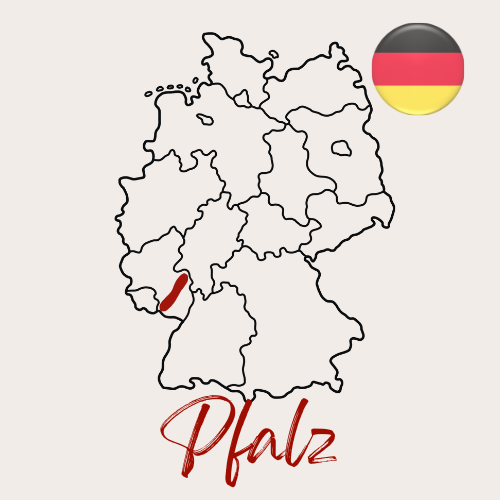
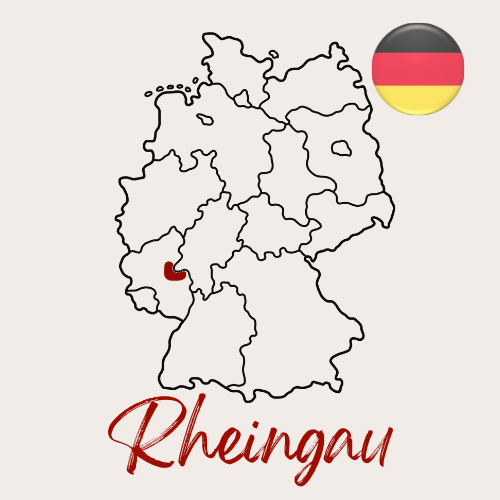
So what's so great about German wine?
German wine, as you may imagine, has come a long way from being associated with the likes of Blue Nun. German wine regions, like Mosel, Pflaz and the Rheingau are pioneers of the world stage of wine… especially when it comes to quality!
German regions are generally cool to moderate in climate, making them great for growing predominantly white wine grapes, as well as Pinot Noir (spatburgunder). While Germany is known for, and produces great, Riesling, it also has world-renowned Müller Thurgau, Pinot Gris (weissbugunder) and Pinot Blanc. German wine is exported but be expected to pay for the good stuff; it’s versatility and age-worthiness means that consumers must pay premium prices for amazing quality.

The History of German Wine
The history of German wine can be traced back as early as the Ancient Romans between 70 to 270 AD. Germany’s oldest city, Trier, was founded by a Roman garrison and was located on the banks of the River Mosel. That’s right, the same River Mosel as the same-named infamous German wine region. While some artefacts discovered in 1 AD where considered to be pruning knives, this is not verified. Despite some reference to German wine in literature, notably the poet Venantius Fortunatus in approx 570 AD who mentions German wine, very little is known about early German viticulture.
Before Charlemagne in the Medieval Era, grape growing was situated on the west side of the Rhine, the spread of Christianity was also the spread of viticulture, as winemaking practices moved steadily eastwards. Monasteries and churches, much like France, began to be influential in winemaking. Particularly the Benedictine abbey on the slopes above Geisenheim, which later became part of the infamous Schloss Johanissberg estate.
Wine growth remained dominant until the 1500s, when the cultivation of beer and beer culture began to outstrip the demands for wine. The Thirty Years’ War also ravished the monasteries at this time, who were principally responsible for the passing down of winemaking practices.
Notably, in 1775, Schloss Johanissberg uncovered that by leaving the grapes on the vine after usual harvest season they developed a ‘noble rot’. This rot was the foundation of German sweet wines, and the infamous German wine labelling system that still exists today.
German wine is still considered one of the world leaders of quality wine making, and is dominated by craft and finesse that bulk wine exportation.
German wine labelling
Germany’s wine labelling system reflects the degree of ripeness of the grapes. The three most basic terms are:
- Landwein
The PGI term for Germany; light-bodied wines from anywhere in Germany.
- Qualitätswein
The PDO term; the wine must come from 1 of 13 wine regions in Germany (such as Mosel or Pfalz). It must be more ripe than Landweiin.
- Prädikatswein
Prädikatswein must have a higher ripeness level than Qualitätswein and all grapes must come from a single region. There are 6 Prädikat categories explored below.
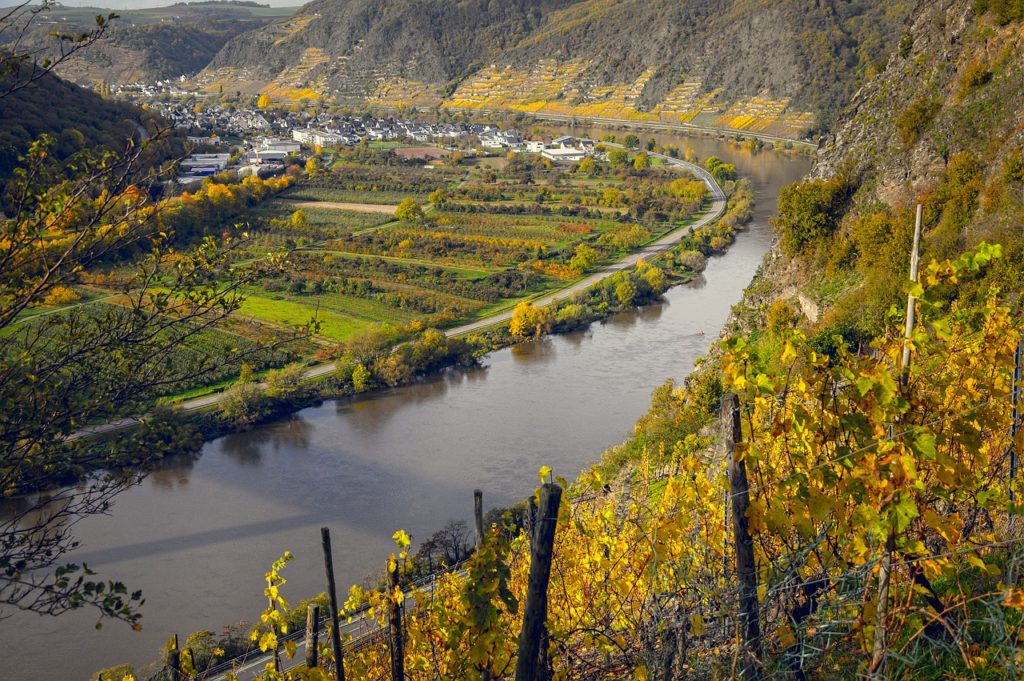
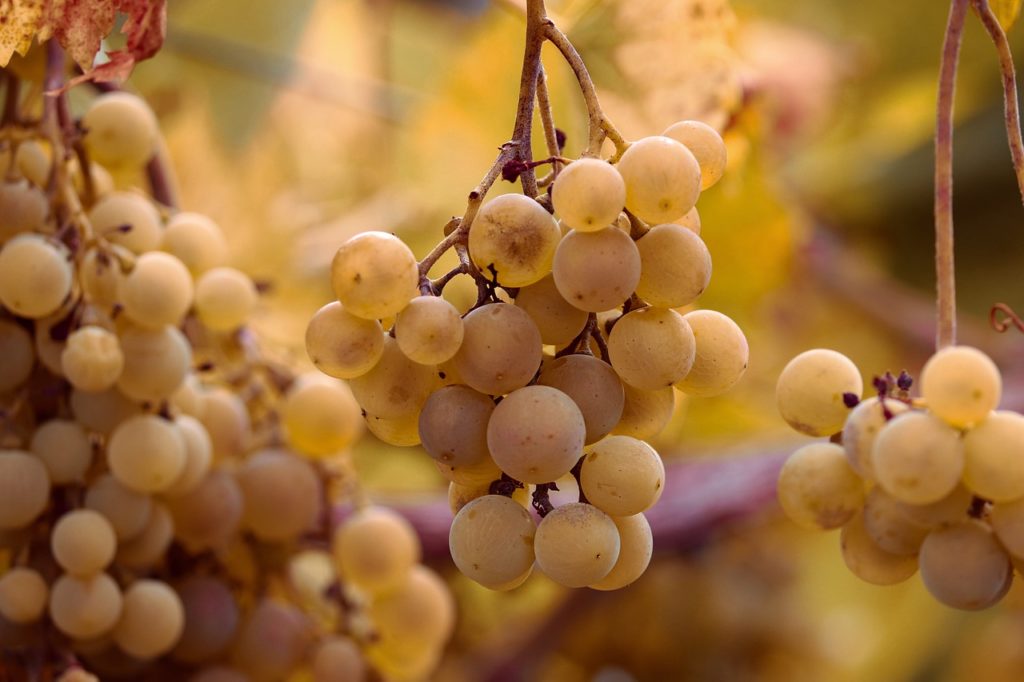
Prädikatswein categories
- Kabinett
Lightest Prädikat category; green/citrus fruits with blossom aromas. Often dry, although can be semi-sweet.
- Spätlese
Meaning ‘late harvest’ these wines are often half-dry, and fuller bodied that Kabinett. Picked at least 7 days after normal harvest.
- Auslese
Meaning ‘selected harvest’ – wines are very ripe and often sweet.
- Beerenauslese
Meaning ‘select berry harvest’ these overripe grapes and individually selected and often affected by noble rot.
- Trockenbeerenauslese
Made from selected shrivelled grapes affected by noble rot – extremely sweet wines made in this style.
- Eiswein
Made from grapes frozen on the vine. Not affected by noble rot.
Look out for 'Trocken'
If you’re not the fan of super sweet Rieslings or other grapes – consider looking for the phrase “Trocken”. “Trocken” is used on German labels to indicate the wine is dry, so even if you don’t have time to remember all the terms above, that is one to know!
Similarly, “Halbtrocken” means a wine with some sweetness, but not totally sweet. So if you’re wanting a touch of sugar then keep an eye out for “Halbtrocken” on the label.
